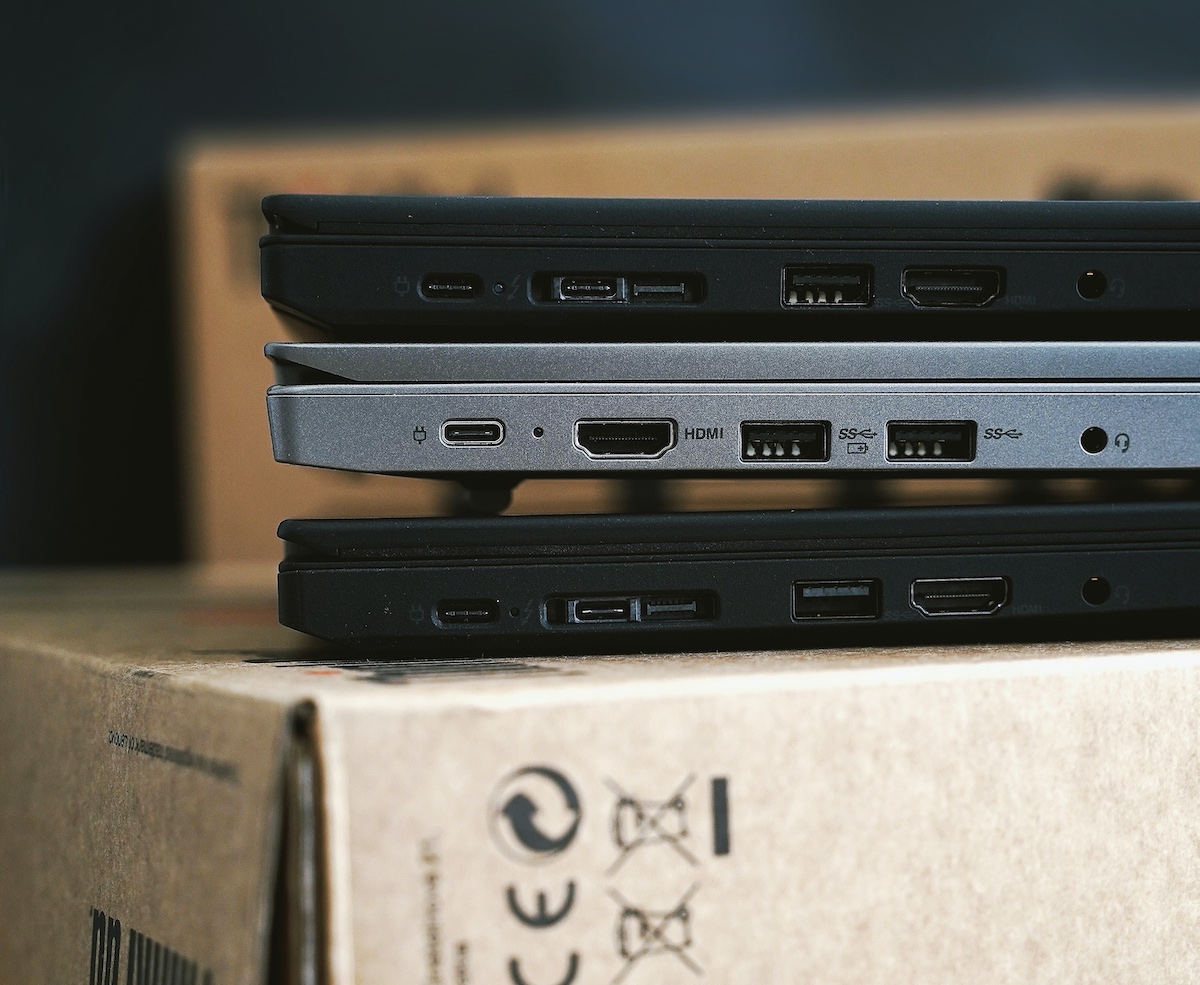Over the last few decades, the U.S. has declined in its manufacturing of semiconductor chips — the logic and memory chips used in computers, phones, vehicles and appliances.
The U.S. share of global semiconductor fabrication is only 12%, down from 37% in 1990, according to the Semiconductor Industry Association (SIA). It’s presenting a supply and demand issue, said Gad Allon, director of The University of Pennsylvania’s Jerome Fisher Program in Management & Technology, and a Wharton School professor of operations, information and decisions. There’s been an increased demand for the chips because most electronics — from laptops to phones to cars — use the chip to function.
Companies like Intel manufacture the chips, but their technology has fallen behind. Currently, Taiwan and Samsung in South Korea produce much of the world’s supply, although 88% of semiconductor chips are used by U.S. industries, per SIA.
Where can we see the effects of this?
It’s as simple as regular household items, Allon told Technical.ly. He recently ordered a coffee grinder for his home that’s been delayed for a few months while the company, and hundreds other like it, scramble to keep up with the manufacturing of its parts.
At the start of the pandemic, the auto industry slowed down production with the thinking “who wants to buy a car when there’s no where to go?” We avoided a bottleneck then, while car production slowed and at-home technologies like laptops, cameras and routers sped up, Allon said.
But now, we’re in the midst of the bullwhip effect. This single manufacturing issue will likely have ripple effects across the technology industries and others like travel, electronics, auto, healthcare and more. We are now at a crossroads: Demand is back up, while we await the U.S. to ramp up its production of chips.
Allon called for more awareness at the federal level to get back into the game. A February executive order might be doing just that, with calls to review the country’s supply chain.
“Resilient American supply chains will revitalize and rebuild domestic manufacturing capacity, maintain America’s competitive edge in research and development, and create well-paying jobs,” the executive order reads.
And while smaller-scale issues like a laptop or household appliance being on back-order might seem minimal, you might see shortages for parts that go into airplanes, or the older technology that powers Wi-Fi for those working or schooling from home. Most companies will always prioritize manufacturing for the newest and best technology before they create replacement parts for older, but still working machines.
“Firms will always allocate for newer and better, but how do you maintain things on the backend?” Allon said. “Car replacement parts? Routers? Everything around us is connected — its the Internet of Things idea — but these are not always top-of-the-line things. If I cannot manufacture for these machines, we’ll end up in a place with many plans but ones we can’t act on.”







